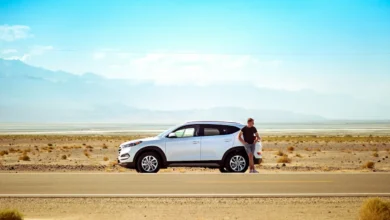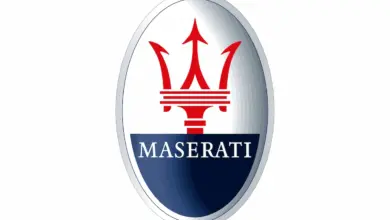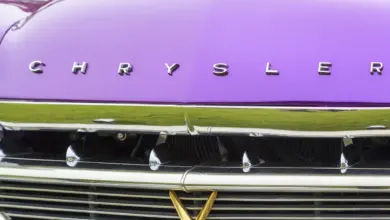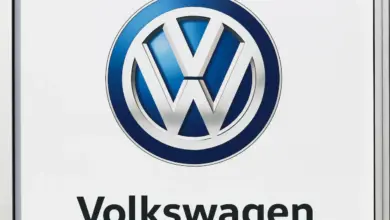History Of Mitsubishi Motors Australia
History Of Mitsubishi Motors Australia: A Walk-Through
Mitsubishi Motors Australia was founded in 1980 when the Japanese automaker purchased Chrysler Australia for $79.4 million – or $371 million today when inflation is factored in.
The purchase of Chrysler’s local operations is part of a wider rescue package that saw Mitsubishi provide vehicles to Chrysler on favourable terms in the USA.
Mitsubishi is now the third Japanese automaker in Australia to produce its cars, after Toyota and Nissan.
After the Chrysler sale, the three Japanese brands held a combined 46 per cent of the Australian market for new cars. This was a small margin ahead of Holden and Ford’s 42 per cent.
Mitsubishi celebrates its 40th Anniversary in Australia by launching a new 10-year warranty. To celebrate, we’re taking a trip down memory lane.
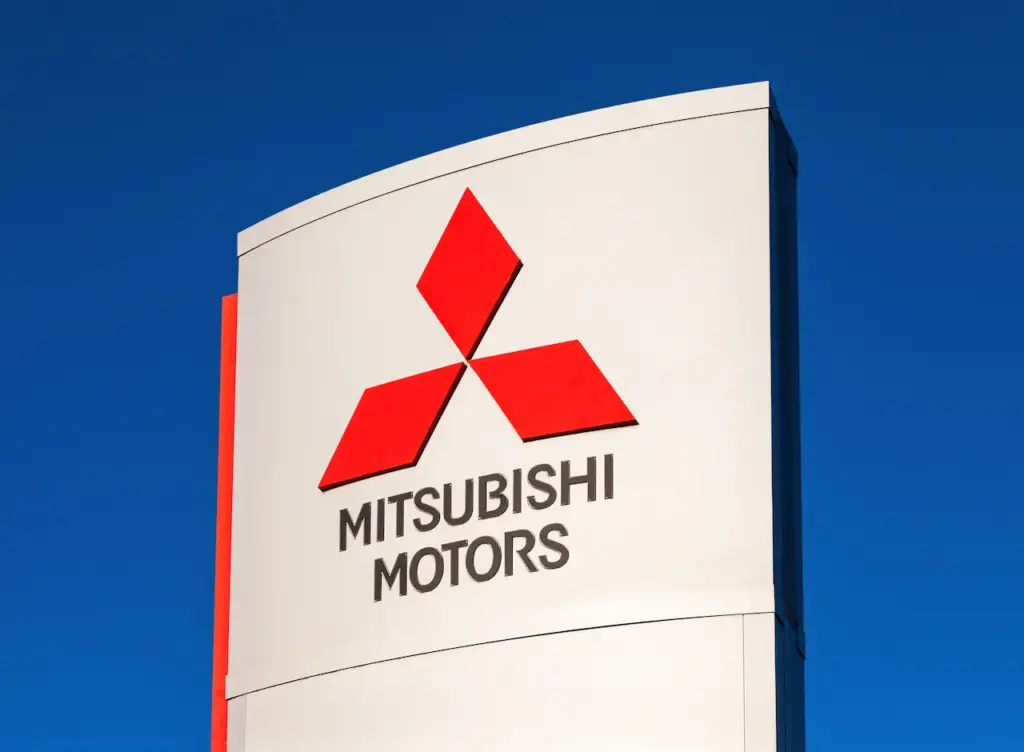
Valiant (until 1980)
Mitsubishi produced the Valiant in 1981, after purchasing Chrysler Australia.
The Valiant, measuring five metres in length, was the largest Mitsubishi passenger car. It had a V8 engine with a power of 5.2 litres and two straight-six engines that were 4.0 litres.
Sigma, first generation (until 1982)
- Length: 4.33m
- Width: 1.66m
- Height: 1.36m
- Wheelbase: 2.52m
The Sigma, which was produced locally starting in 1977, was part of a range of Mitsubishi models that Chrysler Australia brought into its lineup to complement the Valiant.
Rear-wheel drive sedans and wagons were powered by four-cylinder engines ranging in size from 1.6 litres to 2.6 litres. The larger units were a part of the Astron family, which continued until 1996.
The Sigma Turbo, which was introduced late in the run of the model, was a collaboration between Garrett Turbochargers and was the first locally made car with a turbo. The 2.0-litre engine produces 116kW in power and 235Nm in torque. This is a significant improvement over the 73kW or 188Nm available from the naturally aspirated 2.6-litre motor.
Sigma, Second-Generation (1982-1987)
- Length: 4.57m
- Width: 1.68m
- Height: 1.38m
- Wheelbase: 2.53m
The second-generation Sigma, which was longer and more edgy than the model that it replaced, arrived in Australia two years after it had been introduced overseas.
The Sigma was produced in one lower specification after the Magna’s launch to offer a rear-drive car that is cheaper than the Magna.
This Sigma was exported under the Lonsdale brand to the United Kingdom, as we detail in our comprehensive list of Australian automotive imports.
It was sold alongside the Japanese Colt Sigma as part of an elaborate plot by the British distributor to circumvent Japanese import regulations.
Colt (1982 – 1989)
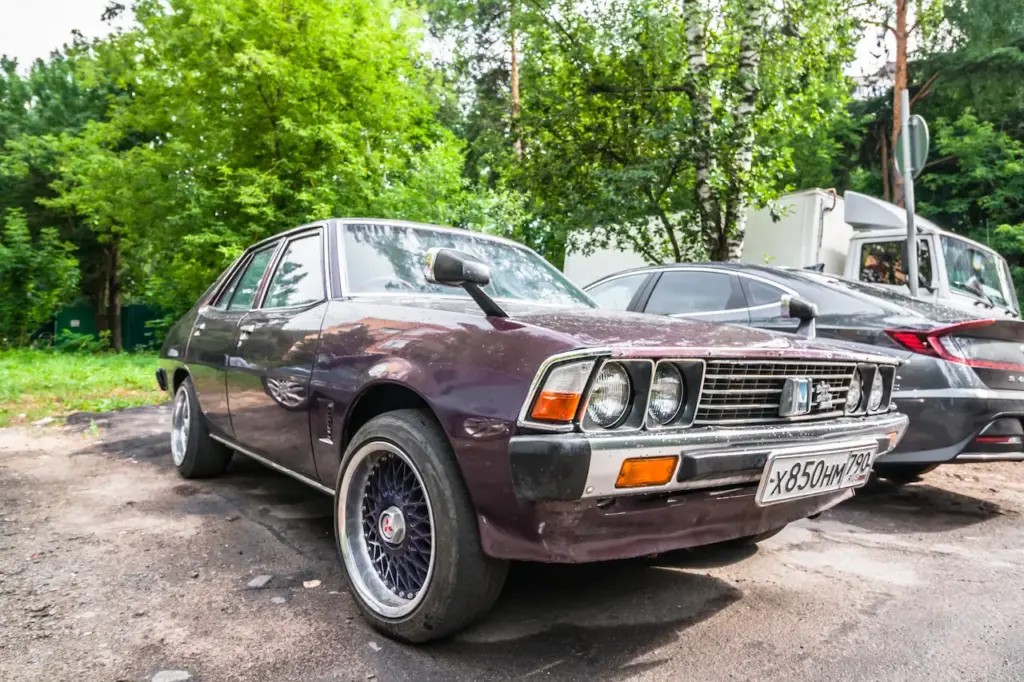
The early 1980s saw Japanese car manufacturers selling small and midsized cars primarily on export markets. This was in line with their product lines and helped them gain market share, especially in Australia and the USA where local competition was weak.
It was important for Australian manufacturers to produce their small cars in Australia due to import tariffs. Ford Laser, Toyota Corolla and Nissan Pulsar were all made in Australia.
The Colt, also known as Mirage on many other markets, was nearing its end of life when it was first produced in 1982.
The Colt hatchback and sedan were already past their prime by 1989, when production ended. The Lancer that replaced it was two generations ahead.
Magna, First-Generation (1985-1991)
- Length: 4.60m
- Width: 1.76m
- Height: 1.40m
- Wheelbase: 2.60m
Magna is the vehicle that Mitsubishi Australia has introduced most significantly.
The family sedan, known as the Galant, made the switch from rear-wheel drive to front-wheel. Like other Japanese family sedans at the time, it was designed to be smaller than 1700mm to fit in a lower tax bracket on its home market.
Mitsubishi Australia thought that by making the Magna wider than the Galant it would not only be able to compete with its Japanese competitors, but also the Holden Commodore.
Magna was a smart gamble by the local arm. Not only did it require additional development, but most of its main competitors (Toyota Corona, Nissan Bluebird and Holden Commodore), were rear-wheel drive.
At the time, only the Ford Telstar was equipped with a front-wheel-drive layout that maximized space.
The Magna was larger than the Corona and Bluebird but was about 110mm shorter, while being 40mm wider, than a Holden Commodore.
The Magna, marketed as a “new class of car”, was a huge success in Australia. The carburetted 2.6-litre four-cylinder was launched with 198Nm and 85kW. This put it in the same ballpark of the Holden Commodore base 3.3-litre straight-six engine, which has 86kW.
Commodores did come with more powerful options. Fuel-injected Magna versions had 93kW at their disposal. The buyer could choose between a four-speed auto or a five-speed transmission.
The Nissan Maxima was the first Japanese car to join the club of “wide-body” cars for the US-oriented family car market. Other Japanese manufacturers followed suit, beginning with the 1991 Toyota Camry, 1994 Honda Accord, and 1988 Nissan Maxima.
Magna, Second-Generation (1991 to 1996)
Length: 4.75m
Width: 1.78m
Height: 1.43m
Wheelbase: 2.72m
Mitsubishi Australia did not have to design a larger version of a pre-existing Magna for the second generation. It was able instead to modify the tax bracket-busting Sigma to meet local requirements.
Mitsubishi, as was the custom in Japan, developed two hardtop versions: a sportier, more luxurious version (the Diamante), with pillared windows on both sides and an official sedan with pillared windows (the Sigma).
The Magna was able to deliver 98kW as well as 212Nm with the standard 2.6-litre Astron II 4-cylinder engine.
The company introduced a V6 engine in its family sedan for the first time. The locally-made 120kW/ 235Nm 3,0-litre engine, was initially only available on the luxury Verada model that borrowed the bumpers and styling elements of North American Diamante cars.
Mitsubishi Australia began exporting this new model, which was designed locally and manufactured in Japan, the UK and the USA.
Magna, Third-Generation (1996 to 2005)
- Length: 4.79m
- Width: 1.79m
- Height: 1.44m
- Wheelbase: 2.72m
The third generation Magna, with no Sigma to replace it, adopted the frameless windows and coupe-like style of the Diamante.
Mitsubishi Australia also developed the wagon a year later, after adapting it to Australian needs and tastes.
Australia also produced the sedans for the other markets except Japan. The car’s primary destination was the USA where it was sold in a “near luxury” model.
The 2.6-litre Astron II engine was well beyond its prime. So the company imported a new 105kW/ 205Nm four-cylinder.
The step-up engine at launch was a 140kW/ 255Nm 3,0-litre V6, while the 147kW/ 300Nm3.5-litre V6 was reserved for the Verada Luxury Line.
The four-cylinder engine gradually disappeared from the range. A few years later, the 3.0-litre, V6 was introduced.
Magna received its first facelift back in 2000. It featured a beak-shaped bonnet, a reshaped boot, and new lights.
In 2002, the local division created the Ralliart sedan to capitalize on the success and cult following that the Lancer Evolution had gained.
The car’s more aggressive body kit, dual-plane rear wings, improved braking system, larger seat bolsters and Pirelli tyres are backed by an upgraded 180kW Engine.
Unfortunately, the Ralliart did not come with the system of all-wheel drive also introduced in 2002.
In 2003, Mitsubishi’s chief designer, Olivier Boulay gave the Magna an even rounder appearance with bulbous headlights and a new corporate grille.
380 (2005 – 2008)
- Length: 4.84m
- Width: 1.84m
- Height: 1.48m
- Wheelbase: 2.75m
Mitsubishi Australia spent an estimated $600 million on the 380, which was a re-engineered American-market Galant with a stiffer chassis, a full-size spare wheel and improved suspension. The 380’s front-end design was what set it apart visually.
As the third-generation Magna grew old and its sales dropped dramatically, rumours of a continuing manufacturing presence started to dominate the conversation around Mitsubishi.
The Magna name was not considered because it was too closely linked to aggressive sales tactics such as steep discounts, limited editions, and extended warranties.
The 380 was initially marketed as a premium product with a price to match. However, it had a rocky start and the company ended up having to reduce the price by $6500 on its six-month anniversary.
Mitsubishi and Proton discussed the possibility of replacing the Perdana with the 380, but no agreement was reached.
Mitsubishi announced in February 2008 that it would cease local production and become a full-line imported. The last 380 cars rolled off of the line on 27 March.
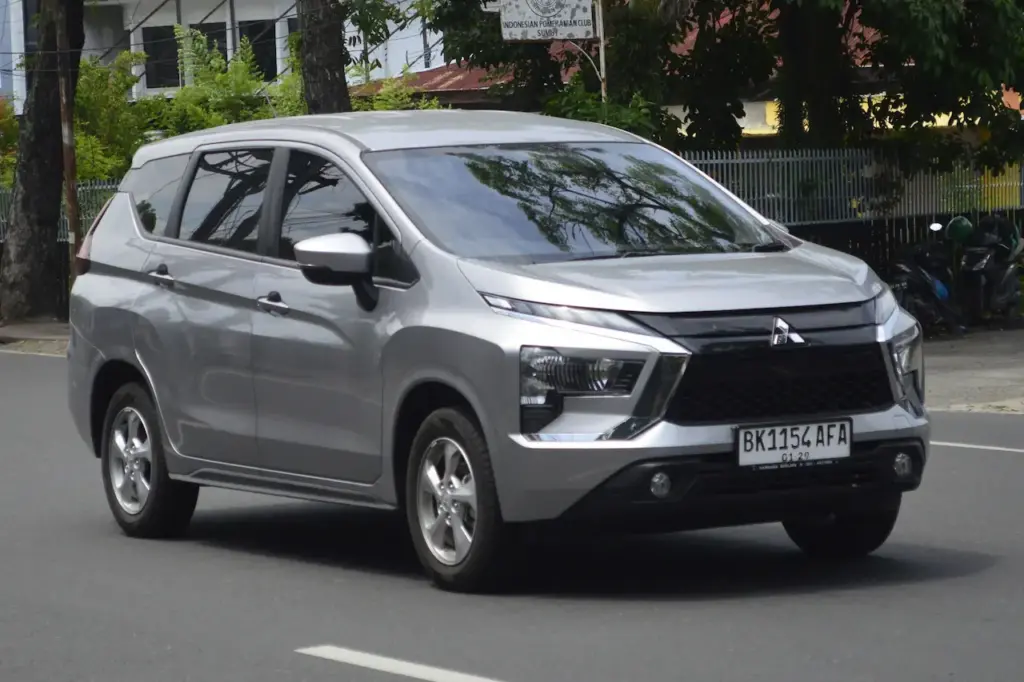
Mitsubishi Motors Australia Limited – Products & Brands
Mitsubishi Motors Australia Limited offers passenger, sport utility and commercial vehicles as well as related parts and accessories to Australians.
The following car models are available from the company:
- Triton
- Pajero Sport
- Outlander
- Eclipse Cross
- ASX
- Plug-in Hybrid Electric Vehicle Technology
- Outlander Plug-in Hybrid EV
- Eclipse Cross Plug-in Hybrid

